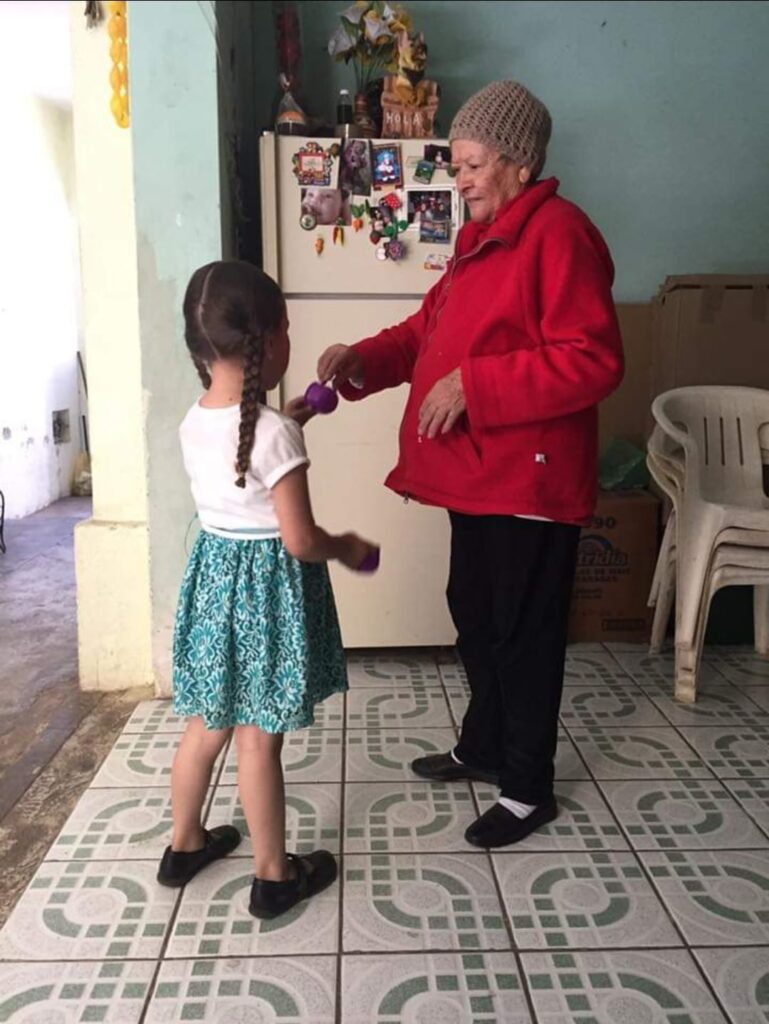
Growing up in the vibrant city of Huntington Park, CA, was an adventure in cultural diversity. The streets echoed with a medley of languages, the air was filled with the scent of various cuisines, and the community was a vibrant tapestry of people from all walks of life.
As a child navigating the busy streets of Huntington Park, I cherished the rich blend of cultures that shaped my identity. The city of HP really helped me grow deep in my roots because it was 99.9% Latinos living in the city. The public school system played a crucial role in fostering an inclusive environment, allowing us as students to embrace our cultural backgrounds and learn from one another.
I learned Spanish because I had to learn it.
My journey into language and culture began at home, where my parents were the first Spanish teachers in my life. They imparted not only the language but also the traditions, values, and rich cultural heritage that defined our roots. However, when I was just five years old, life took a turn.
Once Upon A Time When I Was Living In Mexico
For one unforgettable year, I found myself in Mexico, living with my lovely abuelita Yolanda. During this time, I immersed myself in the language and traditions of my heritage. My abuelita, with her warm embrace, became my guide into the heart of Mexican culture.

Under her care, I learned not only the language but also the Mexican National anthem, singing it proudly with a child’s enthusiasm. The melodies of Spanish childhood songs filled our home, creating a soundtrack to my early years that would forever be etched in my memory.
As life brought me back to Huntington Park, the passage of Proposition 227 marked a significant shift in my educational journey. This California ballot proposition, passed by voters in 1998, aimed to change the way that limited English proficient (LEP) students were taught in public schools. While some saw it as a necessary step for streamlined education and a common language, I held a different perspective.
I believed that Proposition 227 wasn’t just about language instruction; it seemed like a tactic to limit cultural exposure and language diversity within our community. It appeared to me as if California implemented this measure to discourage us from venturing out to other countries, keeping us bound within the United States. The thought of being limited to English felt like a subtle strategy to ensure that we built our families and lives exclusively within the borders of our own country.
Held my language down.
Despite these challenges, I remained firm in my belief that linguistic diversity was an asset. My parents’ teachings and the lessons from my time in Mexico became the foundation of my advocacy for language preservation and cultural exchange.
In response to the growing need, I joined the community in advocating for additional classes in the public school system specifically designed to help the younger generation of children who migrate to the United States from Latin American countries. These classes aimed to provide language support, cultural integration, and a welcoming environment for these students, recognizing the unique challenges they faced in adapting to a new educational system and culture.
Looking ahead, my ultimate goal was clear: someday, I wanted to use my experiences and knowledge to help those less fortunate who needed English classes to learn the language. Whether through community programs, educational initiatives, or partnerships with organizations, I aspired to make a difference in the lives of individuals who, like me, faced language barriers on their journey. Through this vision, I hoped to contribute to a world where language was a bridge rather than a barrier, empowering others to connect, learn, and thrive.
